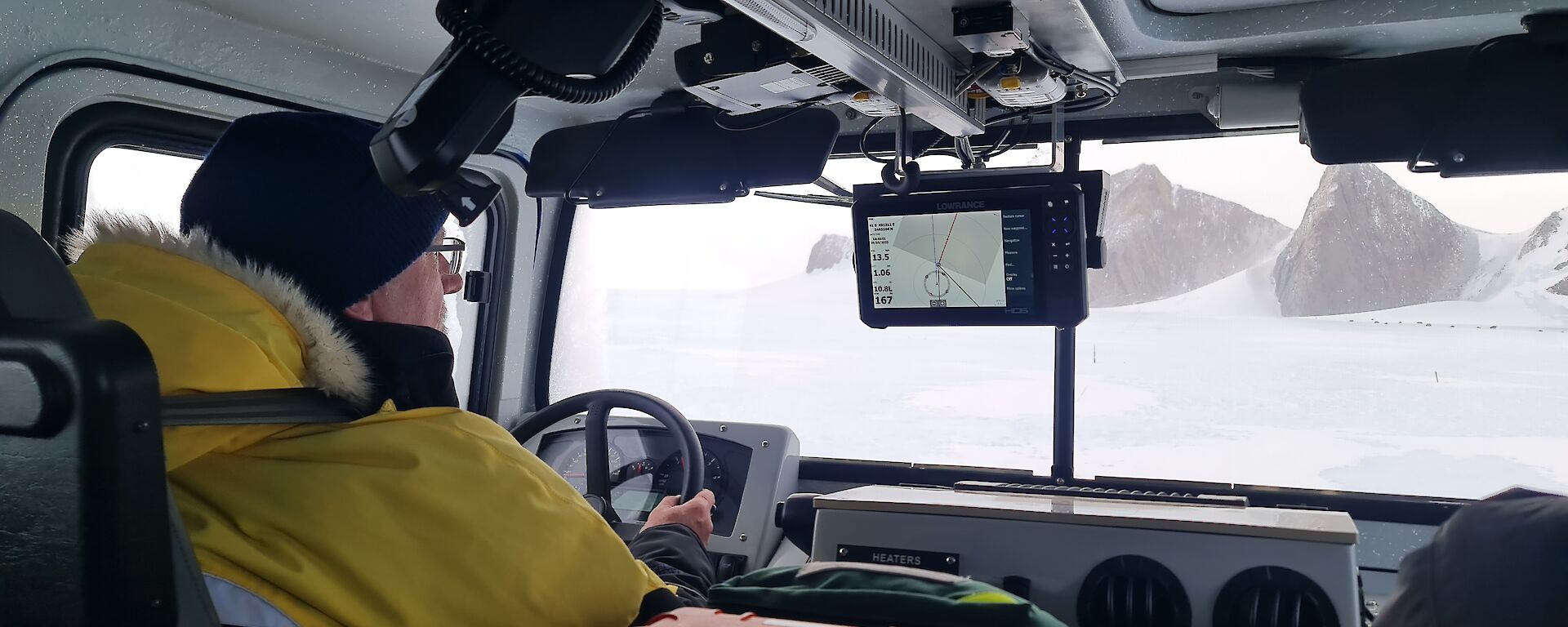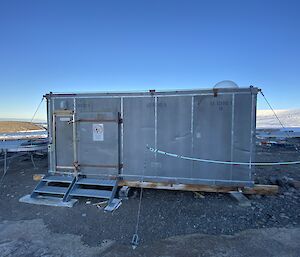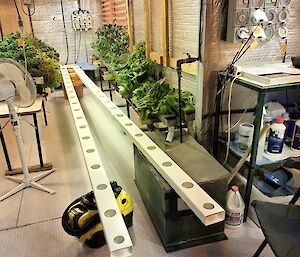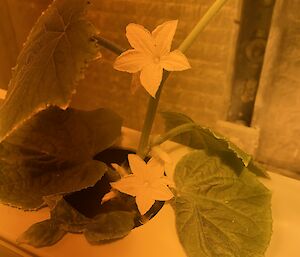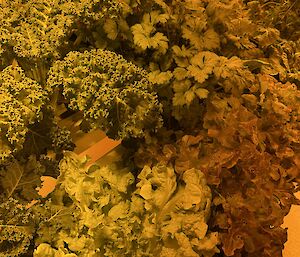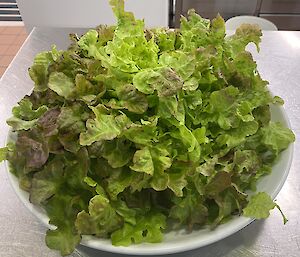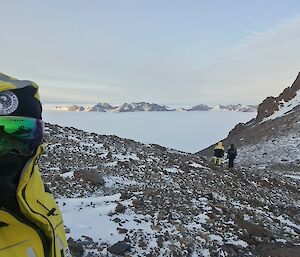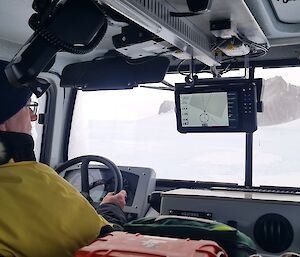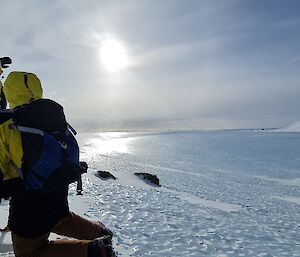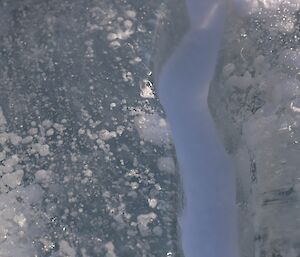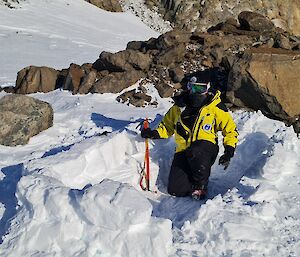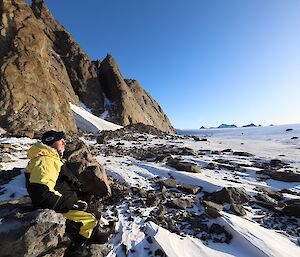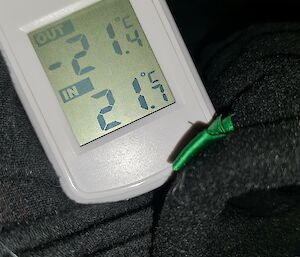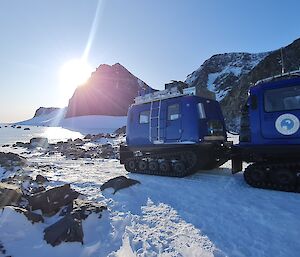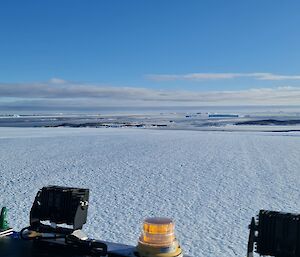It seems like only yesterday that I was talking about all things hydroponics in Antarctica. Yesterday was, in fact, 2021 at Casey station. Today I’m immersed in hydro at Mawson station and managing a similar system to make sure we have lots of green fresh produce here too.
My first winter Antarctic hydro experience was somewhat stressful, which is ironic because appreciating beautiful greenery with lovely flowers and fresh smells is actually one of the benefits of having hydroponics. With 27 people on station, I was always worried we would not produce enough. Mawson is a smaller crew, 19, but also a smaller growing room. This year, however, has started well, with greenery everywhere and no signs of scarcity.
Since arriving in February, the Hydro Renovation Team, led by Scott, has already built and/or replaced half of the growing space with new trays to support the Nutrient Film Technique (NFT) system (for the hydro nerds out there).
All of this work is voluntary, and we have a dedicated team of nine this year to keep things running. An hour a day or thereabouts and a few hours each weekend means that lettuce, tomatoes, cucumber, chillies, kale, silverbeet, pak choi, and a multitude of herbs thrive.
Last time I talked about the history of hydroponics in Antarctica and about the Eden ISS (International Space Station) Project (Icy News, 17 Sep 2021). To update you, Eden ISS, a European space analogy greenhouse project run by the German Aerospace Centre, has been extended because of the positive results. NASA, a collaborator, has in 2021/2022 run joint experiments with greenhouse technologies and plant varieties at the German Antarctic Neumayer Station III with a view to growing plants on the Moon and on Mars. Significantly, scientists have also recorded the behavioural and psychological effects the greenhouse and its yield has on the isolated winter crew.
In line with Eden ISS results showing that there is a strong impact of plant interaction on well-being, I can confirm that hydroponics can provide not only a wonderful fresh supplement to daily meals, but pleasure, and a supportive, productive team activity for all on station.
Robyne (BoM Senior Observer)

